Photo essay for the Special Initiative “From Fear to Resilience: Visual Storytelling of COVID-19 in Southeast Asia” by SEA Junction and Partners
| Title: | “At Work Vs At Home”: Diptych Photography at the Time of COVID-19 |
| Storyteller/Photographer: | Toto Santiko Budi |
| Place: | Jakarta, Indonesia |
| Time: | April-May 2020 |
My name is Toto Santiko Budi. I am a photographer and I take editorial portrait, documentary, travel and commercial shots. I do not have a studio as I my work is mostly outside. The COVID-19 pandemic has forced me to stay at home and to find ways of occupying and entertaining myself. This visual storytelling essay is a project I started during lockdown in Jakarta.
“At Work vs At Home” consists of a series of diptychs. A diptych is a singular artwork made out of two pieces or panels presented together. To create a diptych, I put together two photographs that are different in terms of objects, but that in my view have some similarities or share the form, function, nature or message they convey.
The first four photographs focus on associations related to work objects that I usually use as photographer like the camera, lens and flash. At home, I try to find objects, activities and movements that I can relate to my work and work equipment, but they represent the household setting, the transition from working outside to ‘staying at home’.
I use new photographs to create these associations. For the first picture, I realized that the way I use my hands to hold the camera is similar to the way I am using them to open and close the sanitizer bottle in these COVID-19 times. For the second photograph, I associate the movement I make to hold the lens to the movement of holding the water boiler. Next, I explore the similarity of the flash lamp and the shower handle. Besides some similarity in their form, they also have the same function of emitting something, for the flash it is light and for the shower handle it is water.
The fourth photograph does not show much similarities in form, but they do connect at a deeper level. I consider the computer work and the washing of dishes as being both post-production activities. For the photographs, editing is the final act, and so is washing dishes at the end of every meal. During COVID-19, I cook more than my wife and so I have become very familiar with this daily household routine in substitution of my professional outdoor routine.
Starting from the fifth photograph, I match photographs of past assignments with new photographs to realize the diptych effect. The assignment shots are in line with my specialization as a photographer and they are about travel, sport, portrait and documentary. A lot of the ideas for the diptych happen spontaneously. To trigger them, I spend time –plenty of time during lock-down!— to observe the objects in our home. Soon or later an association with a past image will emerge in my mind and I will look for the photo in question in my archive.
Before the pandemic, I used to photograph events to launch and sell cars and motors. For the fifth photograph entitled “A New Baby is Born” initially I was thinking of matching the photograph of a model launching a new car with that of the car toys I found in the cabinet. But, eventually I became more interested in the posture of the model as I saw among my collection of souvenirs and old toys a small, newly hatched, dinosaur. The paw’s gesture was similar of the model’s hand. My inner self also told me that the two images shared the same theme as they both were about “a new birth”.
The idea for the seventh photograph also came from the changes brought about byCOVID-19. To avoid going out we started ordering food and do shopping online. Taking extra precaution, I disinfect all these goods with alcohol or wash them with soap. One day, when I saw a bottle of Kecap Bango (Heron Kecap), a brand of a typical Indonesian soya sauce I suddenly remembered an assignment to portray herons at the island of Sangalaki, Derawan, in the province of East Kalimantan. The two photos both show a heron in its typical standing on one foot.
These are examples of the way I play with diptych photography that shows the COVID-19 induced change of setting in my life. In this project, I do now wish to reproduce at home the shots I took outside. I just look for associations that let every image be its own, but somehow related in my reflections. Also, I do not use set ups and complex equipment. All the photographs I take during this isolation period are with the camera from my mobile, with automatic mode and flash (except for the silhouette) when the idea comes in the evening or at night. It is all for fun and a way for me to cope with COVID-19 as these associations make me happy. I also hope they will intrigue you and make you smile.
Photographer & Storyteller
Toto Santiko Budi’s passion is photojournalism, documentary and travel photography. He started his career in 2000 as a staff photographer for a local newspaper and magazine in Surabaya. In 2005, he moved to Jakarta as a freelance photographer. In 2006, he become a participant of the photojournalism workshop held by World Press Photo and Panna Institute in Jakarta and a year later his photo essay titled Jakarta Flood was selected for the slide show at Angkor Photo Festival 2007. Today his works are published widely in local and international media. His Instagram is @totosantiko
Organizers
“From Fear to Resilience: Visual Storytelling of COVID-19 in Southeast Asia” is a special initiative of SEA Junction and its partners Beyond Food, GAATW and Bangkok Tribune to promote an alternative narrative of survival, resilience and solidarity. See further www.seajunction.org
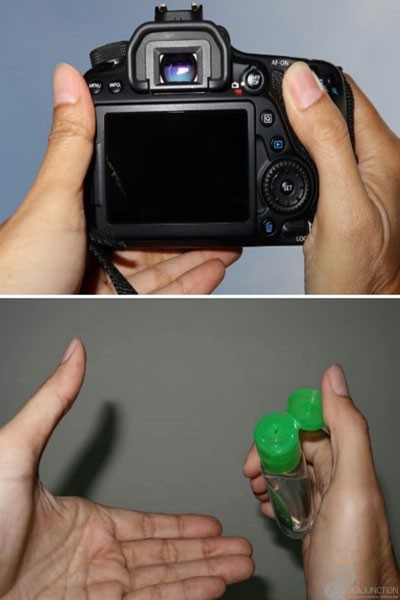
My Thumb’s Job (Photo by Toto Santiko Budi)
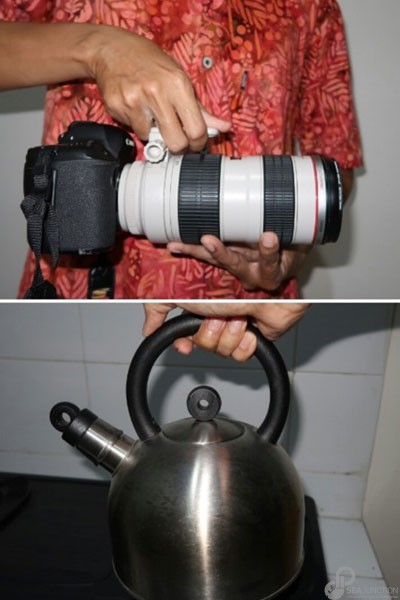
Lift it Up (Photo by Toto Santiko Budi)
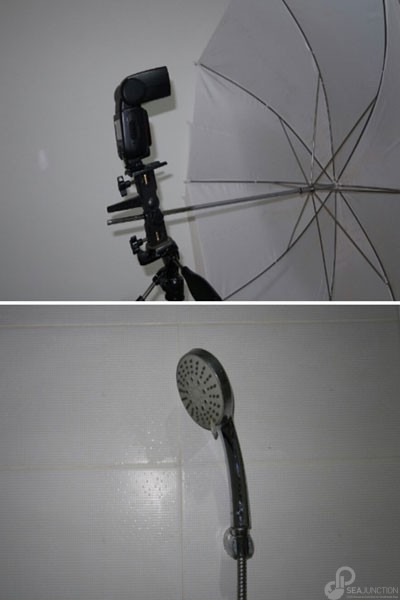
Shower Me with Your Light/Water (Photo by Toto Santiko Budi)
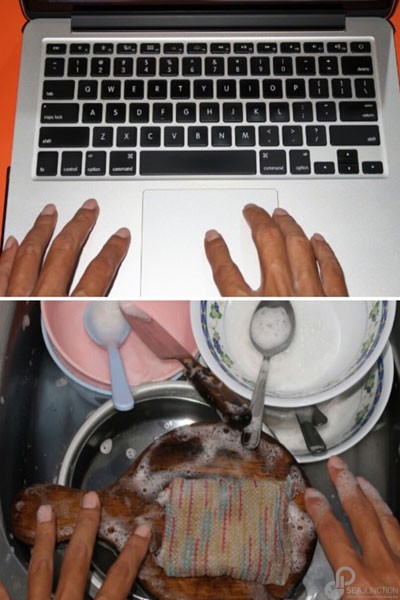
Post Production (Photo by Toto Santiko Budi)

The New Baby Is Born (Location My Home vs She’s Cafe Mercedes, Jakarta; Photo by Toto Santiko Budi)
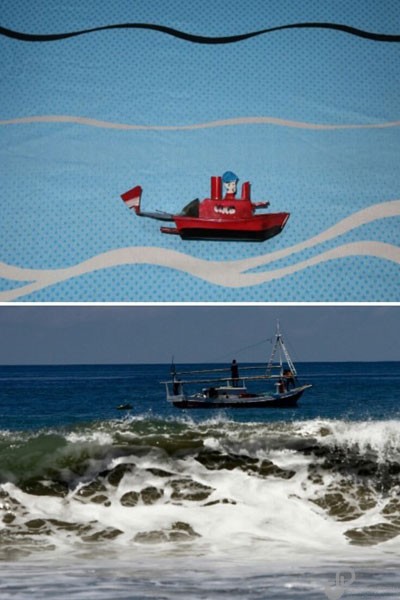
High Tide (Location My Home vs Ende, Flores; Photo by Toto Santiko Budi)
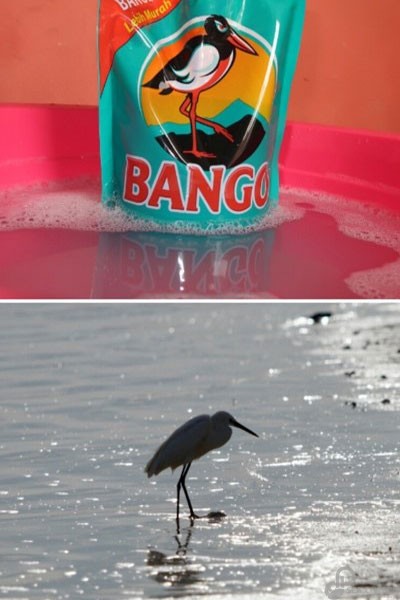
The Heron (Location My Home vs Sangalaki Island, Derawan, East Kalimantan; Photo by Toto Santiko Budi)
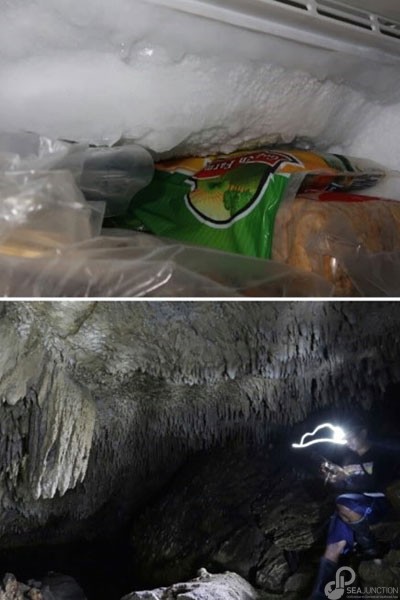
Stalactites and Stalagmites (Location Fridge in My Home vs Aketajawe Lolobata National Park, Halmahera Island; Photo by Toto Santiko Budi)
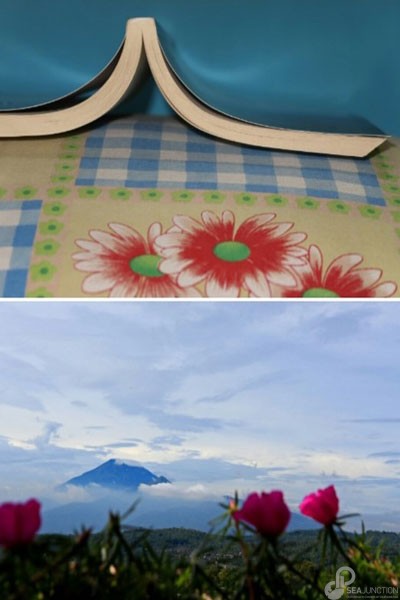
I Read a Mountain (Location My Home vs Bandungan, Central Java; Photo by Toto Santiko Budi)
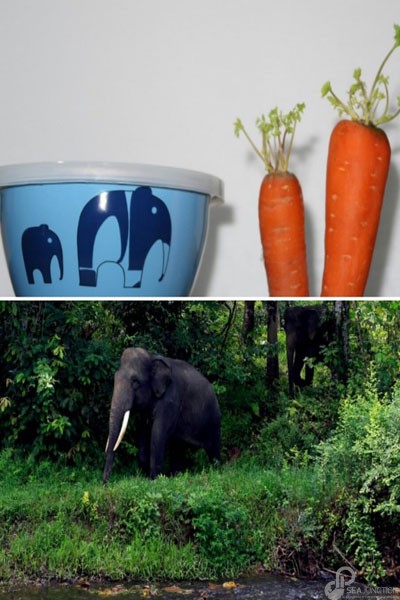
Two Elephants (Location My Home vs Bukit Barisan Selatan National Park, Lampung; Photo by Toto Santiko Budi)

High Rise (Location My Home vs Complex Gelora Bung Karno, Jakarta; Photo by Toto Santiko Budi)
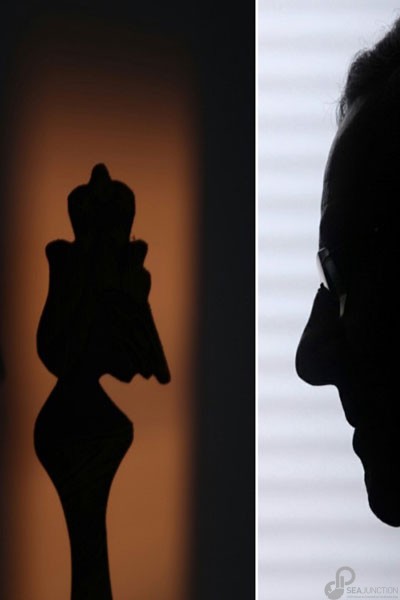
Pointed Nose (Location My Home vs Hotel Mulia, Jakarta; Photo by Toto Santiko Budi)
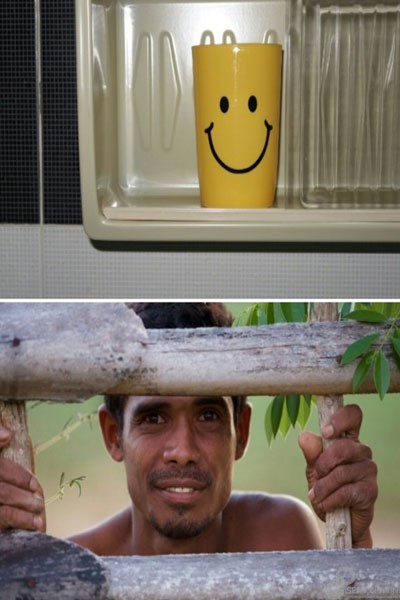
Happy Face (Location My Home vs Semau Island, Kupang; Photo by Toto Santiko Budi)
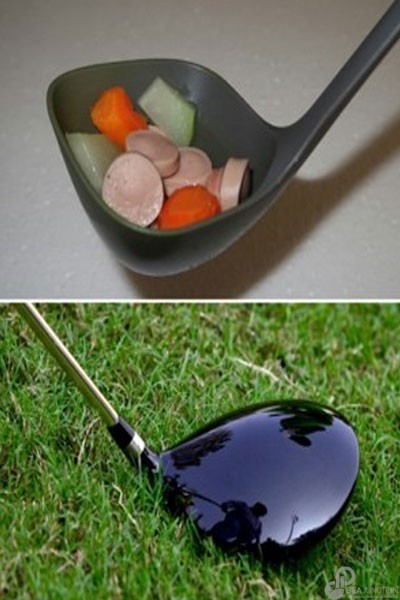
Soup’n Golf (Location My Home vs Senayan Golf, Jakarta; Photo by Toto Santiko Budi)
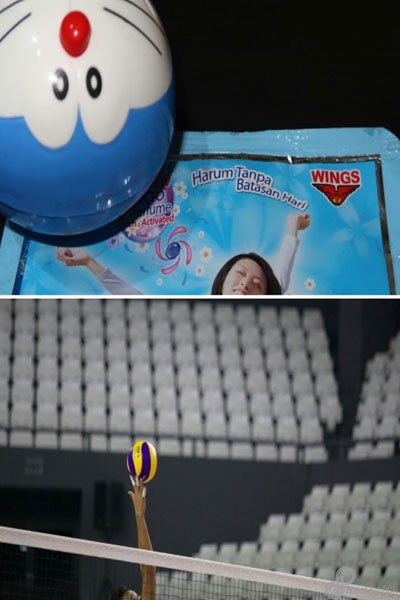
Do Sport with Fun (Location My Home vs Stadium Bung Karno Complex, Jakarta; Photo by Toto Santiko Budi)
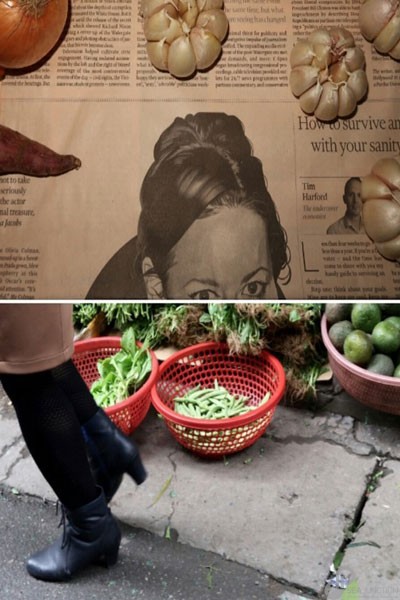
Woman at Wet Market (Location My Home vs Hanoi, Vietnam; Photo by Toto Santiko Budi)

It’s Me (Location My Home; Self Portrait vs Kalimas Port-Surabaya; Photo Courtesy M. Fachmi)


